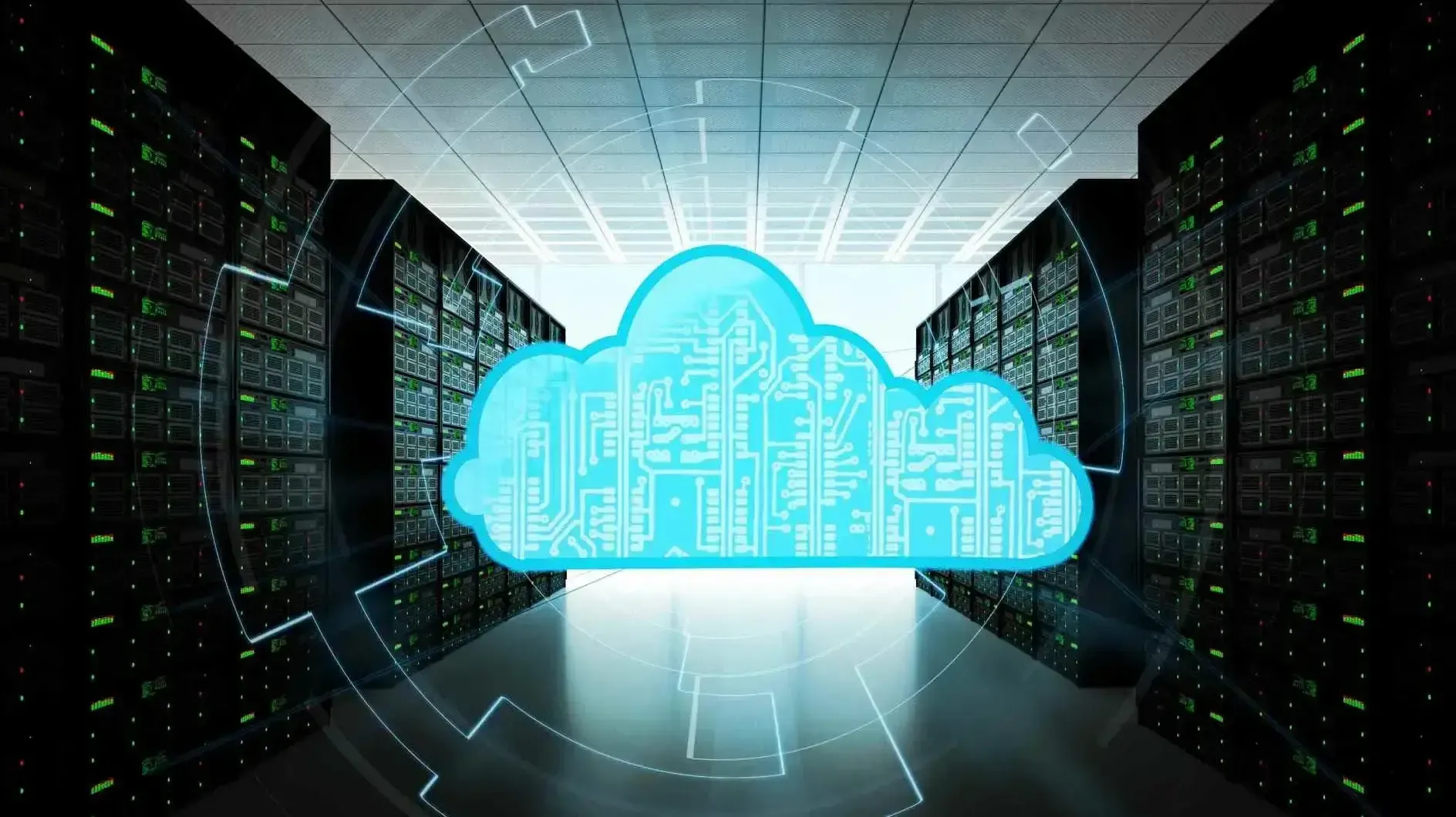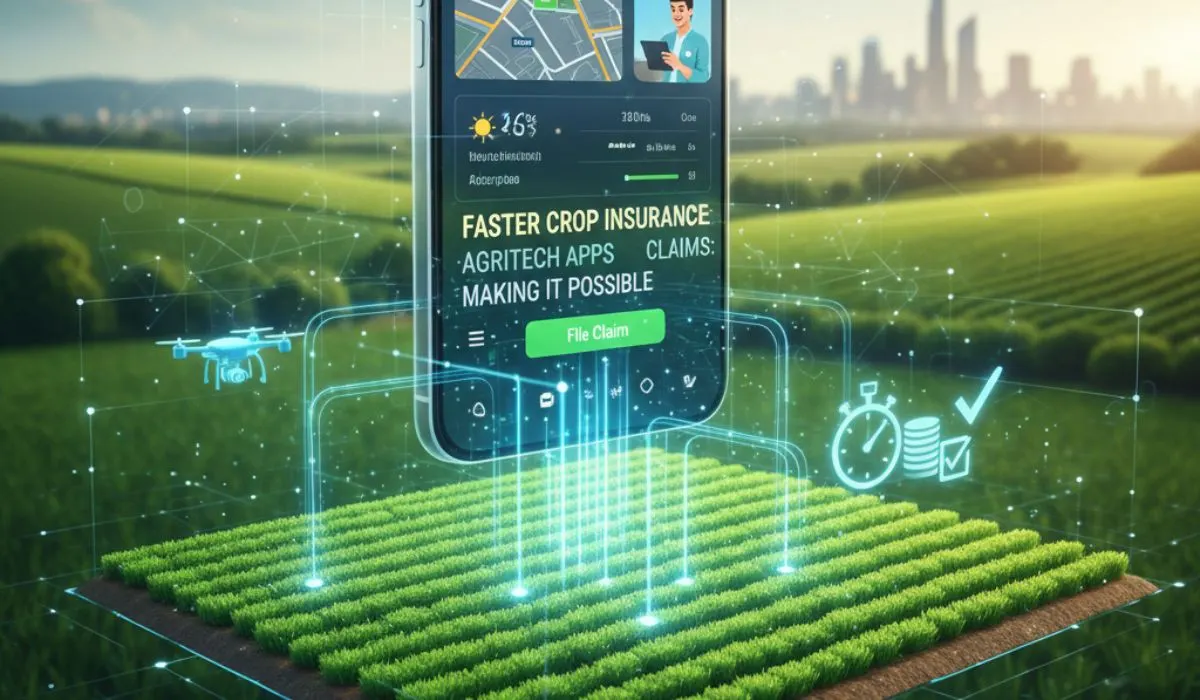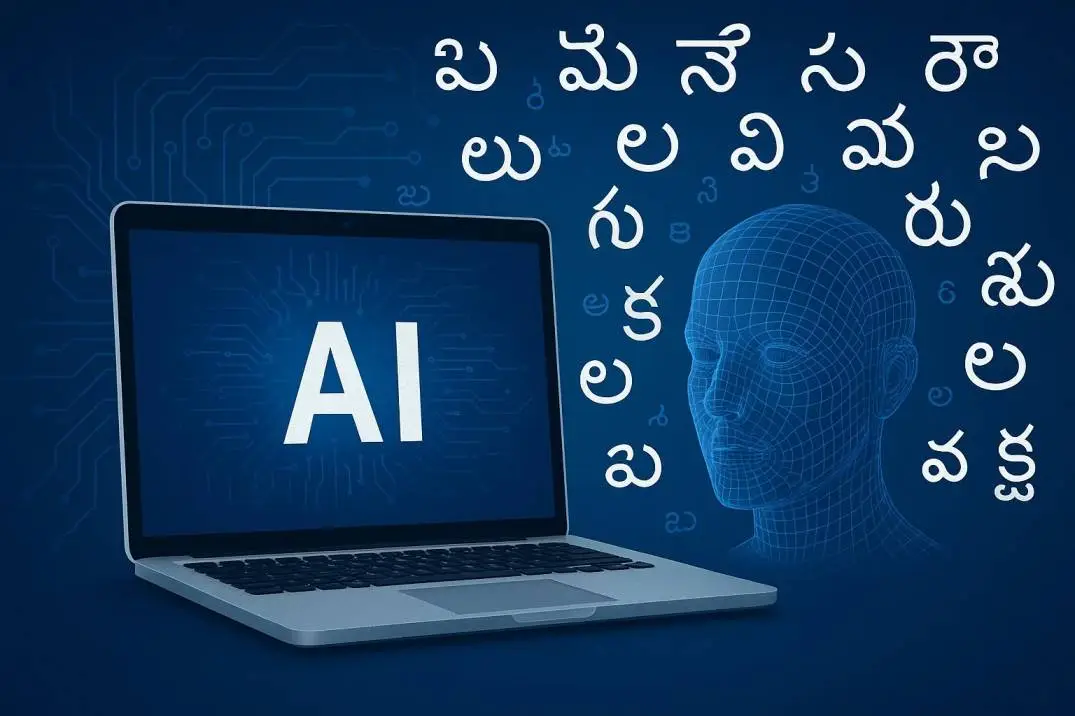I've been working with computers and data for over 15 years now. When I first started, storing large amounts of data was like trying to fit an elephant into a small garage. Today, thanks to cloud computing, it's like having an endless warehouse that grows as you need it. Let me share what I've learned about how cloud computing supports big data and why this partnership is changing our world.
What Is Cloud Computing?
Think of cloud computing like renting a super-powered computer that lives far away. Instead of buying your own expensive computer, you use someone else's through the internet. It's like using a library computer instead of buying all the books yourself. I remember when my small business needed more computer power. Instead of spending thousands on new machines, I started using cloud services. Within minutes, I had access to computers more powerful than anything I could afford.
Cloud computing gives you:
- Storage space for your files
- Computer power to run programs
- Tools to analyze data
- Ways to share information safely
The best part? You only pay for what you use. It's like paying for electricity - more usage means higher bills, but you're not buying the entire power plant.
Understanding Big Data Simply
Big data sounds scary, but it's just a fancy name for "lots and lots of information." Think about all the photos on your phone, videos you watch online, and messages you send. Now multiply that by millions of people. That's big data.
I work with companies that collect information about:
- What people buy online
- How many cars drive on certain roads
- Weather patterns around the world
- How many people get sick during flu season
This information is so huge that regular computers can't handle it. That's where the magic happens - cloud computing and big data work together like best friends.
How Cloud Computing Supports Big Data Storage
Unlimited Space That Grows With You
When I first started collecting data for my projects, I filled up hard drives faster than I could buy new ones. With cloud storage, this problem disappeared overnight. Cloud storage works like a magical closet that gets bigger whenever you need more space. You can store:
- Millions of customer records
- Years of sales information
- Thousands of photos and videos
- Real-time data from sensors and devices
I've seen companies go from storing gigabytes to terabytes without buying a single new computer. The cloud handles everything automatically.
Multiple Copies Keep Data Safe
The cloud doesn't just store your data in one place. It makes copies and keeps them in different locations. If one computer breaks, your information is still safe in other places. This saved my client's business last year when their local computers crashed. All their important data was safely stored in the cloud, and they were back to work the same day.
How Cloud Computing Supports Big Data Processing
Super-Fast Data Analysis
Processing big data is like trying to count all the grains of sand on a beach. One person would take forever, but with hundreds of people working together, it becomes manageable. Cloud computing does exactly this. It splits big jobs into smaller pieces and uses many computers to work on them at the same time. What used to take days now takes hours or minutes. I've watched data analysis that normally took my team a full week complete in just two hours using cloud processing. It's like having a team of super-fast helpers working around the clock.
Real-Time Data Processing
The most exciting part is processing data as it happens. Imagine knowing how many people are shopping in stores right now, or seeing traffic patterns change minute by minute.
Cloud computing makes this possible by processing information instantly. This helps businesses:
- Respond to customer needs quickly
- Fix problems before they get worse
- Make smart decisions based on current information
- Stay ahead of competitors
Cloud Computing and Big Data Course Benefits
Learning Made Easy
Many people think you need to be a computer genius to understand these topics. That's not true! I've taught cloud computing and big data courses to people from all backgrounds.
The best courses focus on:
- Real-world examples you can relate to
- Hands-on practice with actual tools
- Simple explanations without complex jargon
- Step-by-step guidance from experts
I always tell my students that if a 10-year-old can't understand the explanation, it's too complicated.
Career Opportunities Everywhere
Learning about cloud computing and big data opens doors to amazing careers. I've seen students go from knowing nothing to landing great jobs in just a few months.
Popular career paths include:
- Data analyst
- Cloud architect
- Business intelligence specialist
- Data scientist
- Systems administrator
These jobs pay well and are in high demand everywhere.
Difference Between Cloud Computing and Big Data
Cloud Computing: The Foundation
Cloud computing is like the foundation of a house. It provides:
- Computer power (like having a super-fast brain)
- Storage space (like having unlimited closets)
- Software tools (like having every tool you could ever need)
- Network connections (like having roads to everywhere)
Big Data: What You Build
Big data is like what you build on that foundation. It includes:
- Collecting huge amounts of information
- Organizing data so it makes sense
- Finding patterns and trends
- Making predictions about the future
Think of it this way: cloud computing gives you the tools, and big data is the project you complete with those tools.
How They Work Together
I like to compare their relationship to a restaurant kitchen. Cloud computing is the kitchen itself - the stoves, refrigerators, and workspace. Big data is the cooking process - taking raw ingredients and creating amazing meals. You need both to succeed. The best kitchen is useless without good ingredients and cooking skills. Similarly, big data needs cloud computing to store, process, and analyze information effectively.
Cloud and Big Data Examples in Real Life
Netflix Knows What You Want to Watch
Netflix uses cloud computing to handle data from millions of viewers. They track:
- What shows you watch
- When you pause or stop watching
- What genres you prefer
- What time of day you watch most
This cloud and big data combination helps Netflix suggest shows you'll love. I'm always amazed when their recommendations are spot-on.
Amazon Predicts What You'll Buy
Amazon processes enormous amounts of shopping data in the cloud. They know:
- What products sell together
- Seasonal buying patterns
- Price sensitivity
- Regional preferences
This helps them stock the right products and suggest items you might need. It's like having a personal shopping assistant who knows your habits perfectly.
Weather Forecasting Gets Better
Weather services collect data from thousands of sensors worldwide. Cloud computing processes this information to predict:
- Tomorrow's temperature
- When storms will hit
- Flood and drought patterns
- Long-term climate changes
I rely on these predictions for planning outdoor activities, and they're more accurate than ever before.
Healthcare Saves Lives
Hospitals use cloud computing to analyze patient data and identify:
- Disease outbreak patterns
- Treatment effectiveness
- Drug side effects
- Preventive care opportunities
This analysis helps doctors provide better care and researchers develop new treatments faster.
Types of Cloud Services for Big Data
Infrastructure as a Service (IaaS)
This is like renting raw computer power. You get:
- Virtual computers
- Storage space
- Network connections
- Basic security features
I use IaaS when I need flexibility to customize everything for specific projects.
Platform as a Service (PaaS)
PaaS provides ready-to-use development environments. It includes:
- Programming tools
- Database systems
- Analytics software
- Deployment platforms
This option saves time because you don't have to set up basic tools yourself.
Software as a Service (SaaS)
SaaS gives you complete applications ready to use. Examples include:
- Data visualization tools
- Analytics dashboards
- Reporting systems
- Collaboration platforms
These are perfect when you need results quickly without technical setup.
Benefits of Using Cloud for Big Data
Cost Savings That Make Sense
Traditional data processing required buying expensive computers that sat idle most of the time. With cloud computing, you only pay when you're actually using resources. I helped a small business reduce their data processing costs by 70% by moving to the cloud. They went from spending $10,000 monthly on unused computer capacity to paying only for what they needed.
Scalability Without Limits
Your data needs change over time. Sometimes you need lots of processing power, other times very little. Cloud computing adjusts automatically. During busy seasons, my retail clients process 10 times more data than usual. The cloud handles these spikes seamlessly, then scales back down when things return to normal.
Access From Anywhere
Cloud-based big data tools work from any location with internet access. This means:
- Remote work becomes easier
- Teams can collaborate globally
- Decisions get made faster
- Business continuity improves
I've analyzed critical business data while traveling, helping clients make important decisions without delays.
Built-in Security and Backup
Cloud providers invest heavily in security measures that most businesses can't afford individually. They provide:
- Advanced encryption
- Regular security updates
- Professional monitoring
- Automatic backups
- Disaster recovery
This level of protection would cost small businesses hundreds of thousands of dollars to implement independently.
Challenges and Solutions
Data Privacy Concerns
Many people worry about storing sensitive information in the cloud. I understand these concerns because I felt the same way initially.
Solutions include:
- Choosing reputable cloud providers
- Understanding data location policies
- Implementing additional encryption
- Regular security audits
- Clear data governance policies
Internet Dependency
Cloud computing requires reliable internet connections. Slow or unreliable internet can create problems.
Backup plans help:
- Multiple internet providers
- Offline data copies for critical information
- Mobile hotspot alternatives
- Local processing capabilities for emergencies
Skills Gap
Many organizations lack employees with cloud and big data skills. This creates implementation challenges.
Addressing this through:
- Cloud computing and big data course training
- Hiring experienced consultants
- Partnering with specialized providers
- Gradual skill development programs
- Vendor-provided training resources
Future of Cloud Computing and Big Data
Artificial Intelligence Integration
AI and machine learning are becoming standard parts of cloud-based big data processing. This means:
- Automatic pattern recognition
- Predictive analytics without programming
- Self-optimizing systems
- Natural language data queries
I'm already seeing tools that let business users ask questions in plain English and get data insights automatically.
Edge Computing Growth
Processing data closer to where it's created (called edge computing) reduces delays and improves performance. This trend supports:
- Real-time decision making
- Reduced internet bandwidth usage
- Better privacy protection
- Improved system reliability
Increased Automation
Cloud platforms are becoming smarter about managing themselves. Future developments include:
- Self-healing systems
- Automatic performance optimization
- Predictive maintenance
- Intelligent resource allocation
Getting Started: Practical Steps
Step 1: Assess Your Current Situation
Before jumping into cloud computing for big data, understand what you currently have:
- How much data do you collect?
- What tools do you use now?
- What problems need solving?
- What's your budget for improvements?
Step 2: Start Small
I always recommend beginning with simple projects. Try:
- Moving one data source to the cloud
- Using cloud analytics on a small dataset
- Testing one automation process
- Training a small team on new tools
Step 3: Learn Continuously
Technology changes quickly. Stay current through:
- Online courses and tutorials
- Industry conferences and webinars
- Professional networking groups
- Vendor training programs
- Hands-on experimentation
Step 4: Plan for Growth
Design your cloud and big data strategy with future expansion in mind:
- Choose scalable solutions
- Plan for increasing data volumes
- Consider integration requirements
- Budget for ongoing training
- Establish governance policies early
Conclusion
How cloud computing supports big data isn't just a technical topic - it's about solving real problems and creating new opportunities. From my experience working with businesses of all sizes, I've seen how this powerful combination transforms operations, improves decision-making, and drives innovation. The difference between cloud computing and big data becomes less important when you see how they work together. Cloud computing provides the foundation, while big data delivers the insights. Together, they're changing how we understand and interact with information.
Whether you're considering a cloud computing and big data course or implementing these technologies in your organization, remember that success comes from understanding the basics first. Start with simple cloud and big data examples, learn from others' experiences, and gradually build your expertise. The future belongs to organizations that can effectively collect, store, process, and analyze information. Cloud computing makes these capabilities accessible to everyone, not just large corporations with unlimited budgets. Take the first step today. Your journey into the world of cloud-powered big data analysis starts with curiosity and a willingness to learn. From my experience, the rewards are definitely worth the effort.













